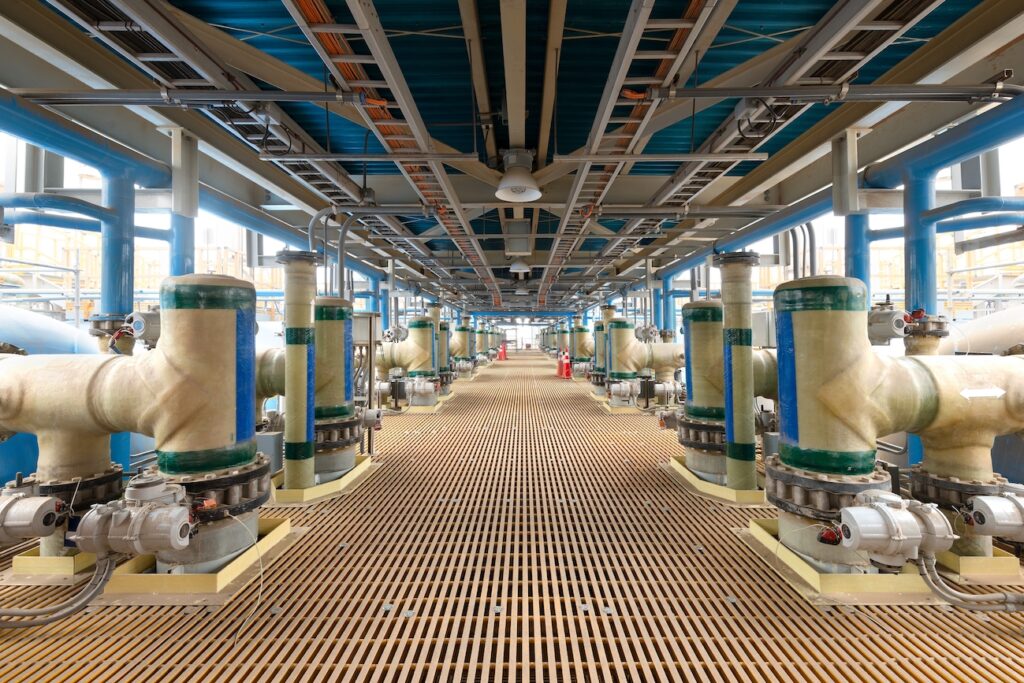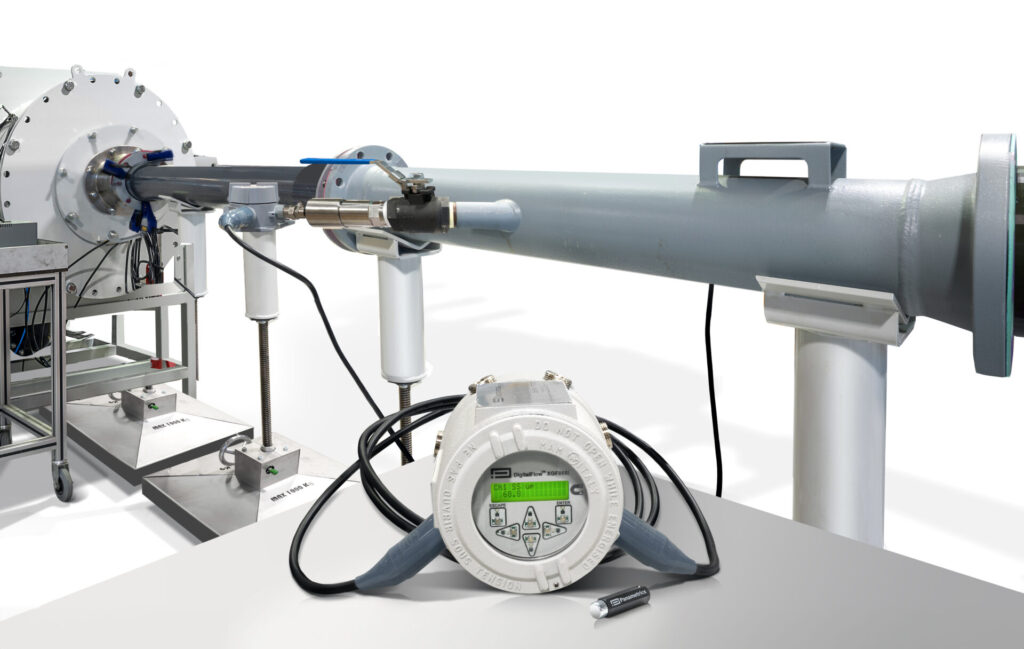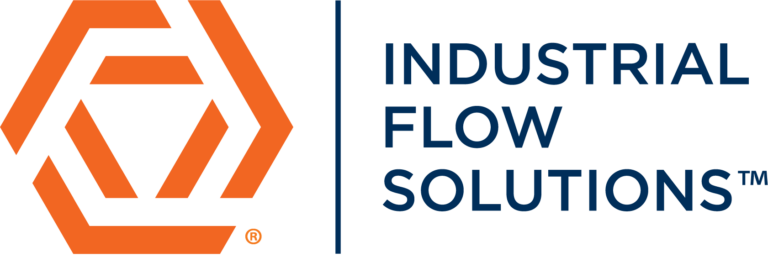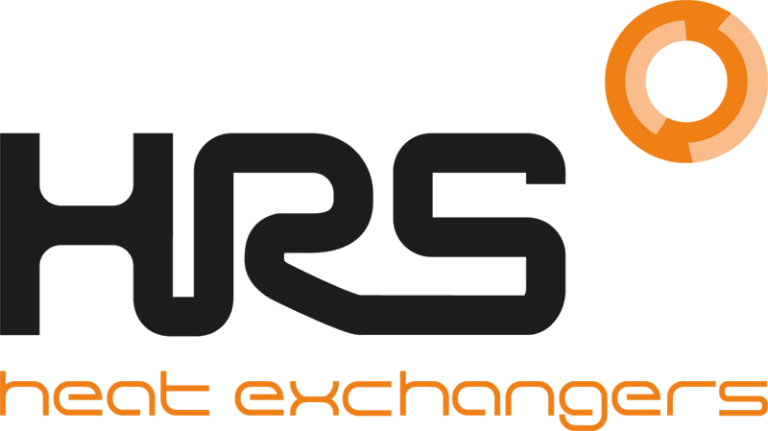Panametrics has been a pioneer in the sensor technology industry for more than 60 years. With an innovative culture, we continue to develop solutions for moisture, oxygen, liquid flow, and gas flow measurement. Our proven technologies are widely known across many industries including oil & gas, water and wastewater, biogas, pharmaceuticals, food and beverage and more. Some of our other technology breakthroughs include:
- Industry standard for moisture analyzers
- Standard for mass flow measurement in flare applications
- First all-welded metal, ultrasonic transducer for gas flow applications
- First ultrasonic meter in natural gas
Panametrics first entered the ultrasonic flow market more than 60 years ago by presenting its state-of-the-art gas flow meter. A Baker Hughes business since 2002, today’s Panametrics brand has continued to excel in the industry and is well-known for its high-technology clamp-on and inline flow meters that enable engineers and technicians to operate in the toughest environments and handle the most challenging applications.
































